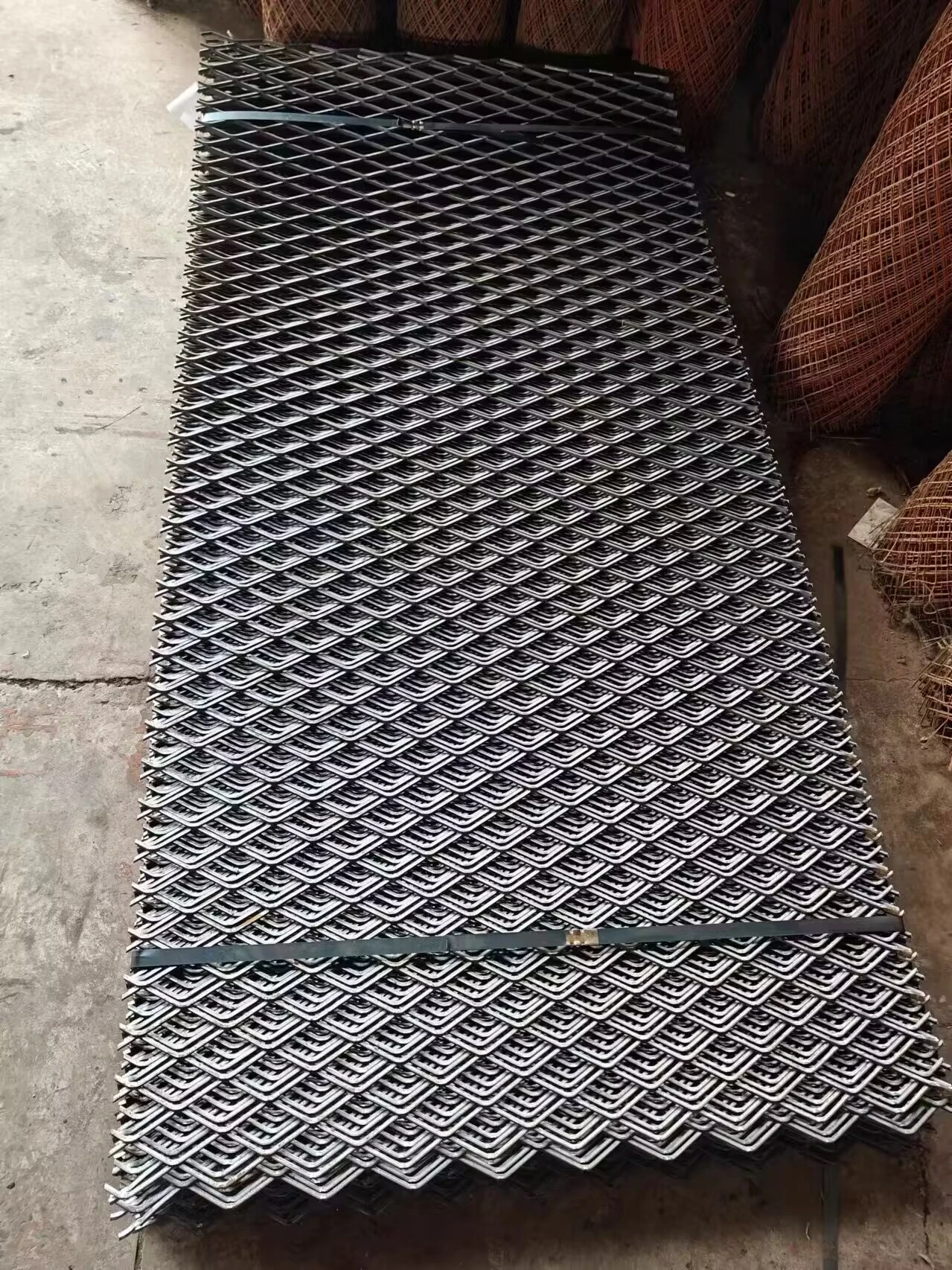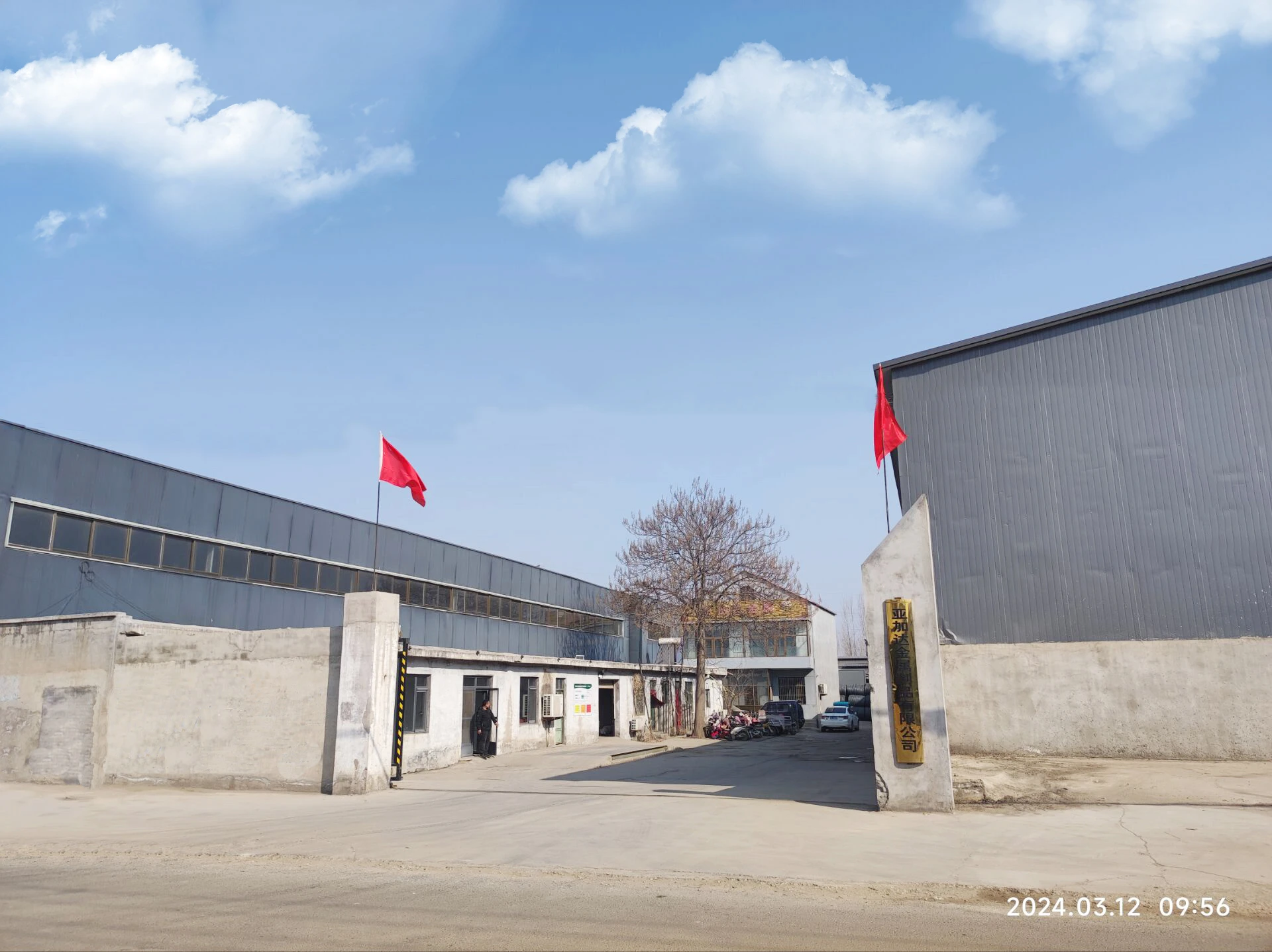- Introduction: An overview of privacy netting
, its growing relevance, and key industry data. - Understanding the Technical Strengths of Privacy Netting
- Comparative Analysis: Manufacturers and Product Qualities
- Custom Privacy Netting Solutions: Meeting Varied Demands
- Real-world Application Scenarios: Case Studies and Success Stories
- Installation and Maintenance Best Practices
- Future Prospects and Market Impact of Privacy Netting

(privacy netting)
Privacy Netting: Essential Protection for Modern Spaces
In an era where outdoor living is on the rise and concerns over privacy continue to escalate, privacy netting stands out as a pragmatic, effective solution. Recent research shows that over 60% of homeowners seek methods to increase seclusion in their yards, with privacy netting for fence solutions experiencing a market growth of 10.5% annually since 2018. The contemporary demand is driven by both residential and commercial needs, spanning apartment complexes, sports facilities, and construction zones. As urban density increases, so does the necessity for reliable privacy barriers that are easy to install, low-maintenance, and aesthetically pleasing.
Data underscores this trend: the global privacy screening market was valued at approximately $2.1 billion in 2023 and is projected to surpass $3 billion by 2028. The surge reflects evolving consumer preferences for enhanced outdoor enjoyment, regulatory compliance in industrial settings, and a desire to mitigate noise and visual pollution. As such, privacy netting is not only a product but a critical contributor to safety, comfort, and property value.
Understanding the Technical Strengths of Privacy Netting
Selecting high-performance privacy netting is rooted in the understanding of its technical construction. Key properties include UV resistance, mesh density, tear strength, and material longevity. The most robust products, such as heavy-duty privacy netting, use woven polyethylene or polypropylene materials, offering life expectancies upwards of 7 to 10 years, even in challenging climates.
Mesh density — often measured in grams per square meter (gsm) — directly impacts the balance between visibility, airflow, and seclusion. In premium products, densities range from 180gsm (sufficient for moderate coverage) up to 350gsm or beyond for industrial-grade screening. UV stabilization technology is crucial: failure of UV inhibitors can halve the netting’s lifespan, especially in geographies with high solar exposure.
Another technical advantage is edge reinforcement; double-stitched hems avert premature fraying, while rust-proof grommets ensure years of reliable installation on fences and structures. Leading netting types are also treated for mildew and water resistance, brushing off adverse weather and helping maintain visual appeal. When comparing models, tensile strength and elongation at break percentage provide insight into durability and performance under load, especially important for high-wind applications.
Comparative Analysis: Manufacturers and Product Qualities
Navigating the array of privacy screening means evaluating both product specifications and manufacturing expertise. In the current market, both established brands and emerging suppliers vie to meet evolving client needs, varying widely in material grade, design, warranty, and price. Below is a comparative table highlighting prominent manufacturers and essential product attributes:
| Manufacturer | Material Type | Mesh Density (gsm) | UV Resistance | Life Expectancy | Warranty | Custom Sizing | Estimated Price (per sq ft) |
|---|---|---|---|---|---|---|---|
| ScreenMaster | HDPE | 250 | UV stabilized | 8 years | 5 years | Yes | $0.60 |
| FenceGuard | Polypropylene | 300 | Double Protected | 10 years | 6 years | Yes | $0.75 |
| EcoScreen | PVC-coated polyester | 200 | UV resistant | 6 years | 3 years | No | $0.50 |
| HeavyNet Pro | Woven Polyethylene | 350 | Triple-Layer UV | 12 years | 8 years | Yes | $0.95 |
Selection often comes down to balancing longevity, cost, and site-specific needs. Notably, premium brands with advanced UV protection and strong warranties are favored in high-exposure environments, while value-oriented choices may suffice for short-term or residential use. Flexible sizing and color variants distinguish market leaders from mass producers.
Custom Privacy Netting Solutions: Meeting Varied Demands
Standard off-the-shelf privacy netting products address most mainstream uses, but complex architectural layouts, branded spaces, and industrial hazards require tailored solutions. Leading manufacturers now offer made-to-order options, customizing not only the dimensions but also the shade factor, color, attachment style, and company logos or graphics.
For example, sports facilities may require high-visibility netting in team colors, while construction sites often need debris-resistant designs with flame retardance certifications. Recent trends highlight personalized privacy screens for rooftop terraces, balconies, and event spaces, incorporating creative patterns and double-sided prints.
Quantitative data shows that 30% of all privacy netting orders include some degree of customization, signaling an industry-wide shift toward user-centric design. While customization increases unit cost by 12-20%, the improvement in functionality, aesthetics, and corporate branding can deliver a strong ROI, particularly for hospitality venues or public infrastructure. Providers are also innovating with modular attachment systems, enabling quick changes or seasonal alterations without skilled labor.
To meet rising environmental and regulatory standards, many custom nets integrate recycled content or employ non-toxic dyes, aligning with green building certifications. It’s recommended to partner with manufacturers who offer sample swatches and prototype installations to minimize risk and maximize satisfaction when investing in bespoke netting solutions.
Real-world Application Scenarios: Case Studies and Success Stories
Privacy netting's impact across different environments is widely documented. Several notable projects illustrate the versatility and benefits of integrating this product:
- Urban Residential Complex: In Los Angeles, a 200-unit apartment development installed heavy-duty netting along perimeter fences and rooftop gardens. Occupant surveys reflected a 45% reduction in perceived noise and 70% increase in privacy satisfaction within the first year. The maintenance cost remained below $0.12 per square foot annually, and vandalism incidents decreased.
- Sports Facility: A professional tennis center in Atlanta opted for custom-branded netting featuring a 330gsm density and double-stitched edges. The installation withstood four major storms in two years with zero failures, and advertising revenue from the branded panels covered the full investment in just nine months.
- Industrial Application: At a Midwest logistics hub, wind-resistant, flame-retardant netting mitigated dust and debris migration, meeting OSHA requirements. Air quality measurements revealed a 35% improvement within the operational zone.
- Educational Campus: A New York K-12 campus applied green privacy netting for fence segments bordering playgrounds. Feedback from the school board cited enhanced student safety, improved play area aesthetics, and a positive impact on parent satisfaction scores.
Installation and Maintenance Best Practices
Maximizing the lifespan and performance of privacy netting involves strategic installation and regular upkeep. Before starting, ensure that fence line measurements are accurate; excess slack can cause billowing and reduce durability, especially in windy regions. Using reinforced mounting hardware (such as galvanized steel ties or UV-resistant zip ties) is essential for long-term security.
The optimal method includes:
- Tensioning: Netting should be stretched taut but not overstressed, preventing sag while accommodating thermal expansion.
- Reinforcement: Edge grommets or double hems provide added stability; for high-risk areas, channel frames and intermediate supports are advisable.
- Periodic Inspection: Inspect the installation quarterly for tears, loose fasteners, or sun-related fading. Addressing minor issues early extends product life.
- Cleaning: Most privacy netting cleans easily with water and mild soap. Avoid power washers or harsh chemicals that could damage UV inhibitors.
- Seasonal Adjustments: In extreme temperatures, consider loosening fastenings slightly to accommodate material expansion or contraction.
Future Prospects and Market Impact of Privacy Netting
As outdoor living and urban densification accelerate globally, the application scope for privacy netting is set to expand dramatically. R&D investments are fuelling advancements in self-cleaning coatings, smart mesh with real-time monitoring capabilities, and biodegradable materials. Market analysts forecast a compound annual growth rate (CAGR) of 8.7% through 2030, propelled by construction recovery, smart city projects, and rising consumer awareness regarding personal safety.
The integration of privacy netting into sustainable building frameworks, such as LEED or WELL certification, positions it as an environmental asset as well as a utility solution. Manufacturers are exploring post-consumer resin options to strengthen their green credentials, while digital customization tools empower clients to visualize and fine-tune their orders.
Looking ahead, adoption barriers — from up-front costs to product selection complexity — are expected to erode as education grows and industry standards unify. In sum, privacy netting is forecast to remain an indispensable accessory to modern outdoor environments, delivering privacy, protection, and peace of mind for a diverse range of users.

(privacy netting)

















